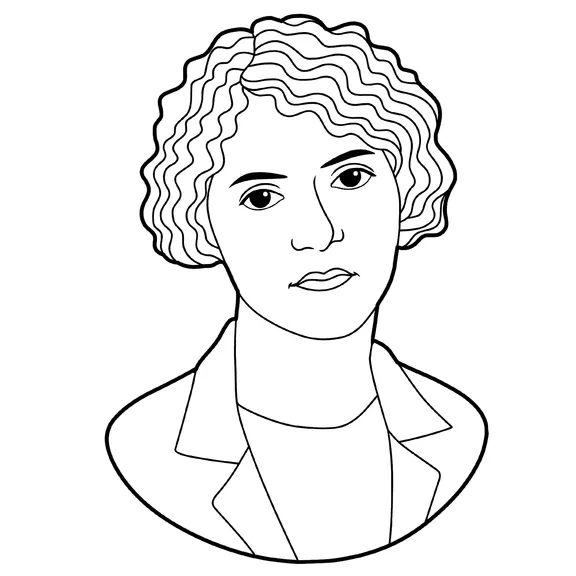Alice Ball
July 24, 1892

Alice Ball was a 19th-century African American chemist who before the age of 24, developed the most effective treatment at the time for leprosy or Hansen’s Disease. It was later known as the Ball Method; an injection used for 20 years. She was the first woman and the first African American to earn a Master’s degree at the University of Hawaii, the school where she later went on to teach.
Alice Augusta Ball was born on July 24, 1892, in Seattle. Both of her parents and grandfather were photographers, which may have played a role in her interest in chemistry. In 1910, Ball graduated from Seattle High School. She then attended Washington State University and received a Bachelor’s degree in pharmaceutical chemistry in 1912 and a second bachelor’s degree in the science of pharmacy in 1914. In October 1914, she was published in The Journal of the American Chemical Society, an accomplishment that was rare for an African American woman at the time.
Ball accepted a scholarship to the University of Hawaii for a Master’s degree in chemistry. Her master’s thesis was on the chemical properties of the kava plant: The Chemical Constituents of Piper Methysticum or The Chemical Constituents of the Active Principle of the Ava Root. In 1915, Ball became the first woman and first African American to graduate with a master’s degree from the College of Hawaii.
Due to her understanding of the chemical makeup of plants, Dr. Harry T. Hollmann asked Ball to study chaulmoogra oil and its chemical properties. At the time, chaulmoogra oil was the best treatment available for leprosy, but had side effects. Hawaii had a large leprosy population and many people with the disease were quarantined away from their families. While still teaching at the University, Ball worked with Hollman. In less than a year, she discovered a way to create a water-soluble solution with the active compounds from chaulmoogra oil. This injectable, lowered the number of harmful side effects and made the treatment more accessible to patients. Her method allowed those with leprosy to recover and return home to their families from isolation.
Alice Augusta Ball died on December 31, 1916, at age 24. While the exact cause of her death in unknown, it has been suggested that it was a result of chemical exposure in the lab. Ball was unable to publish her findings before her death and her data was stolen by Arthur L. Dean, a chemist who also worked at the university. Six years after her passing, she was officially given credit for her work, named the Ball Method. Her method stayed in use for 20 years. Ball has been honored posthumously. The University of Hawaii has a dedication plaque to Ball underneath its only chaulmoogra tree and honored her with a Medal of Distinction. The former Lieutenant Governor of Hawaii, Mazie Hirono, declared February 29 “Alice Ball Day.” The Alice Augusta Ball endowed scholarship provides support to students in the College of Natural Sciences pursuing a degree in chemistry, biology or microbiology.
Fact check: We love accuracy. If something looks incorrect, please contact us and let us know.
